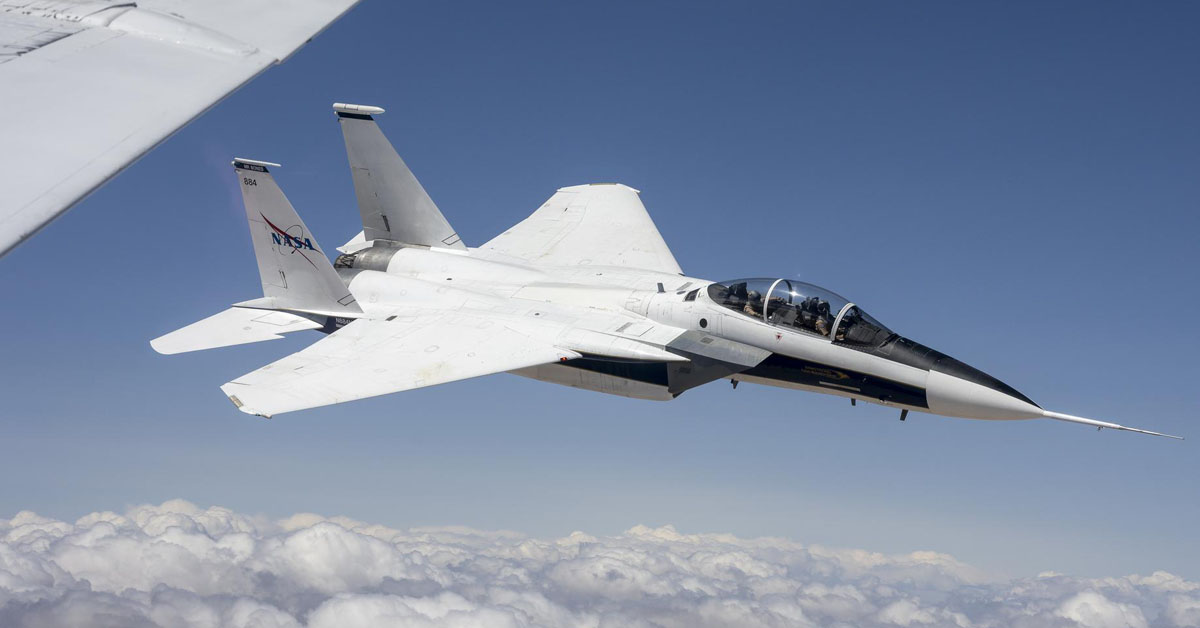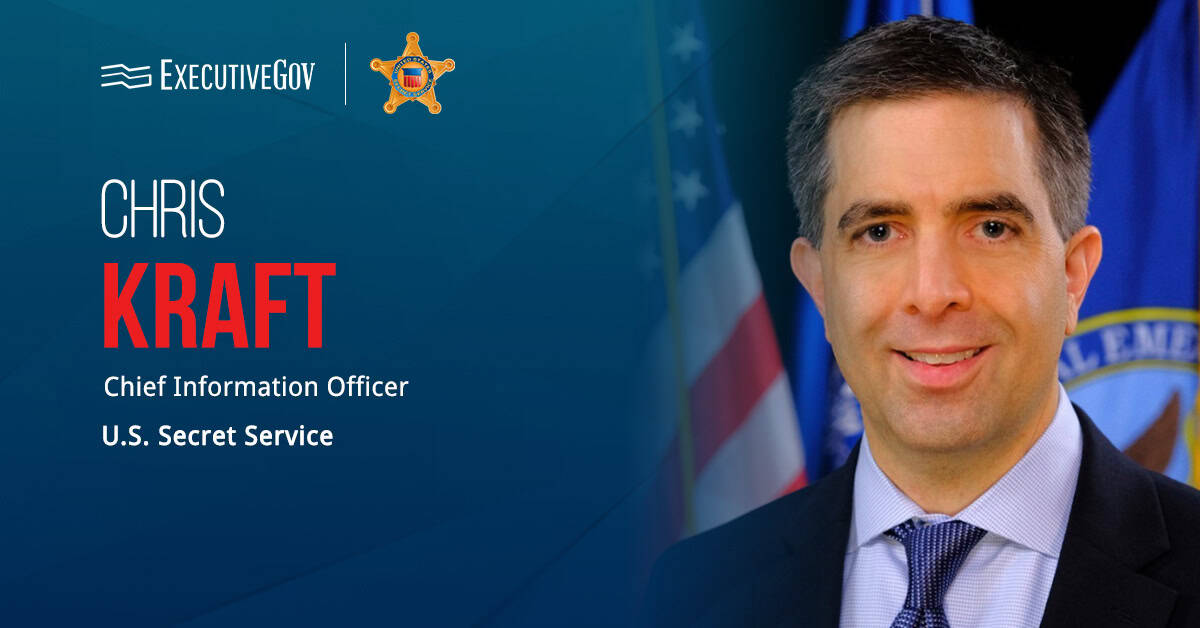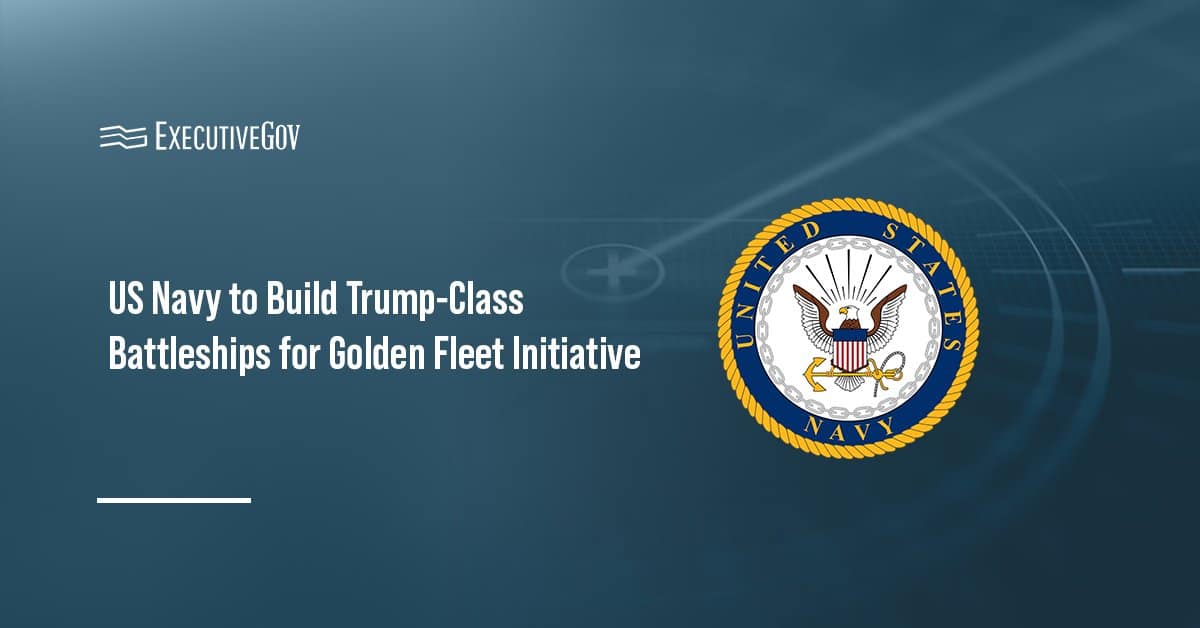NASA has conducted a series of flights to validate the capability of its F-15 research jets to measure and record the X-59 quiet supersonic aircraft shock waves.
Throughout May, two F-15s lifted off equipped with recording tools and flew faster than the speed of sound to match the conditions at which the X-59s are expected to operate, NASA said Tuesday.
The X-59, developed in partnership with Lockheed Martin, is part of NASA’s Quiet SuperSonic Technology, or Quesst, program. The aircraft is designed to reduce the booms of commercial supersonic planes to a thump.
Table of Contents
F-15 Test Flight Details
Cheng Moua, engineering project manager for the Schlieren, airborne measurements and range operations for Quesst project at NASA’s Armstrong Flight Research Center in California, described the F-15 test flights in May as “a graduation exercise.” He said the test brought together all components and equipment in their final configuration to prove that they work.
NASA is using an F-15D, a tactical aircraft from the U.S. Air Force, and an F-15B, which is more typically deployed to evaluate the performance of equipment or for pilot training.
The tools onboard both F-15s are:
- A near-field shock sensing probe, which measures shock waves
- The Airborne Location Integrating Geospatial Navigation System, or ALIGNS, to identify precise positioning
- The Airborne Schlieren Photography System to capture real-world images of air density changes caused by the X-59.
NASA Prepares for X-59 Flight
During the Quesst mission, the F-15D will lead data gathering using the near-field shock sensing probe. The F-15B will serve as a backup.
Both jets will fly behind the X-59 to measure and capture images of small pressure changes and demonstrate how shock waves form and evolve during flight.
The Quesst mission aims to provide critical data and guide regulators in crafting rules for commercial supersonic flight over land, which is currently prohibited due to concerns about sonic booms disrupting communities.





